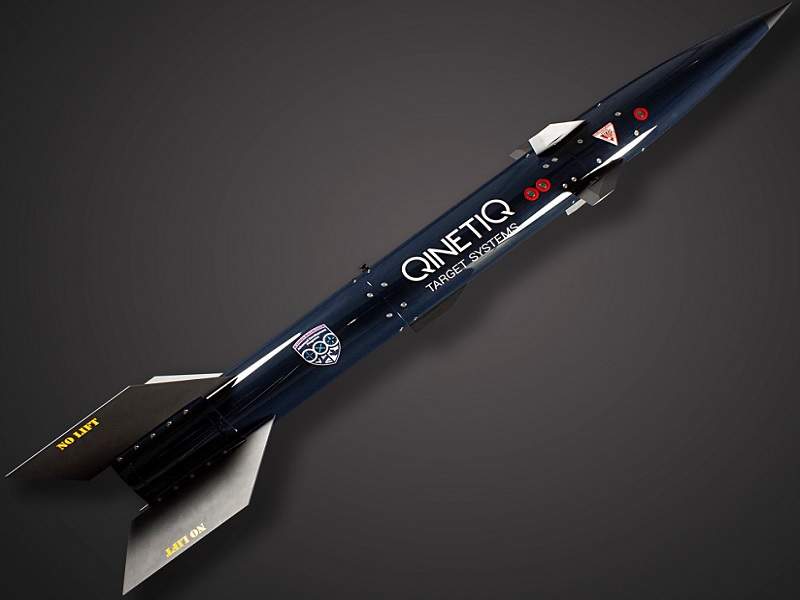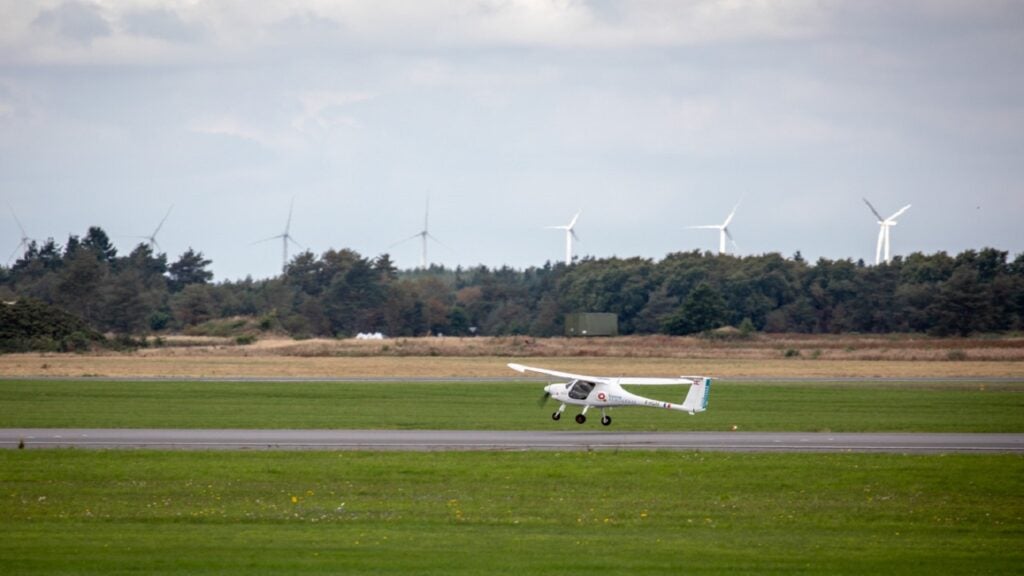
The Rattler is a new ground air-launched supersonic target (GAL-ST) system designed and manufactured by QinetiQ Target Systems, a part of QinetiQ Group.
The target system can be launched from ground or sea-based platforms as well as from air. It was introduced into the market by QinetiQ Target Systems at the Canadian Security and Defense (CANSEC) conference held in Ottawa in May 2018.
The supersonic target is intended to replicate the natural threat posed by airborne anti-radiation missiles (ARMs) and high-divers travelling at supersonic speeds. The platform is designed to offer high-speed kinetic performance at very low price compared to other supersonic target systems available in the market.
The Rattler GAL-ST can be used as a training target for the troops participating in wide range of training sessions and those undergoing several defence scenarios. It can also support the research and development of next-generation hybrid weapon systems.
The target system will enhance the operational efficiency of the forces by replicating the real warfare scenarios during training sessions.
Rattler supersonic target design and features
The target system is made of reinforced aluminium alloys and composite structures. Built using proven design techniques, the Rattler GAL-ST features advanced flight capabilities.
The target system is designed to be launched from the Banshee Jet 80, an unmanned aerial target system developed by QinetiQ for defence training. Banshee Jet 80’s speed and altitude determines the flight profiles generated by the Rattler supersonic target.
The programmable waypoint profile of the GAL-ST is integrated with the generated flight profiles to determine the target’s flight speed and trajectory.
The Rattler training target has a length of 75in (1.95m) and an overall diameter of 5.9in (0.15m). The maximum take-off weight of the system is 28.5kg.
Payloads of Rattler GAL-ST
The payloads aboard the supersonic target system include equipment and systems used to gather and transmit real-time telemetric data for observation of mission requirements and improving operational safety.
The target system also accommodates a flight termination system, which can be used to enhance its safety during different flight phases. It is equipped with an active radar or infrared augmentation system to meet the specific weapon station requirements.
The termination of Rattler’s flight will not result in the formation of toxic debris or hazardous components.
Navigation
The navigational requirements of the target system are supported by global navigation satellite system (GNSS) or inertial navigation system (INS), which also enables the target to transmit time and space position information (TSPI).
Propulsion for the Rattler supersonic target
The Rattler supersonic target system is powered by an on-board rocket motor, which makes use of a solid propellant for combustion. The power-plant enables the target to travel at a maximum speed of Mach1.85 (2285km/h). It can travel up to a maximum range of 100km in air-launched mode.
Ground control station
The operations of the target system are controlled from a ground control station (GCS), which will monitor the pre-programmed flight trajectory of the system. The GCS can simulate different air defence scenarios designed to train the troops.
Multiple activities such as research, development, test and evaluation (RDT&E) and operational testing and evaluation (OT&E) can also be managed by the GCS.



